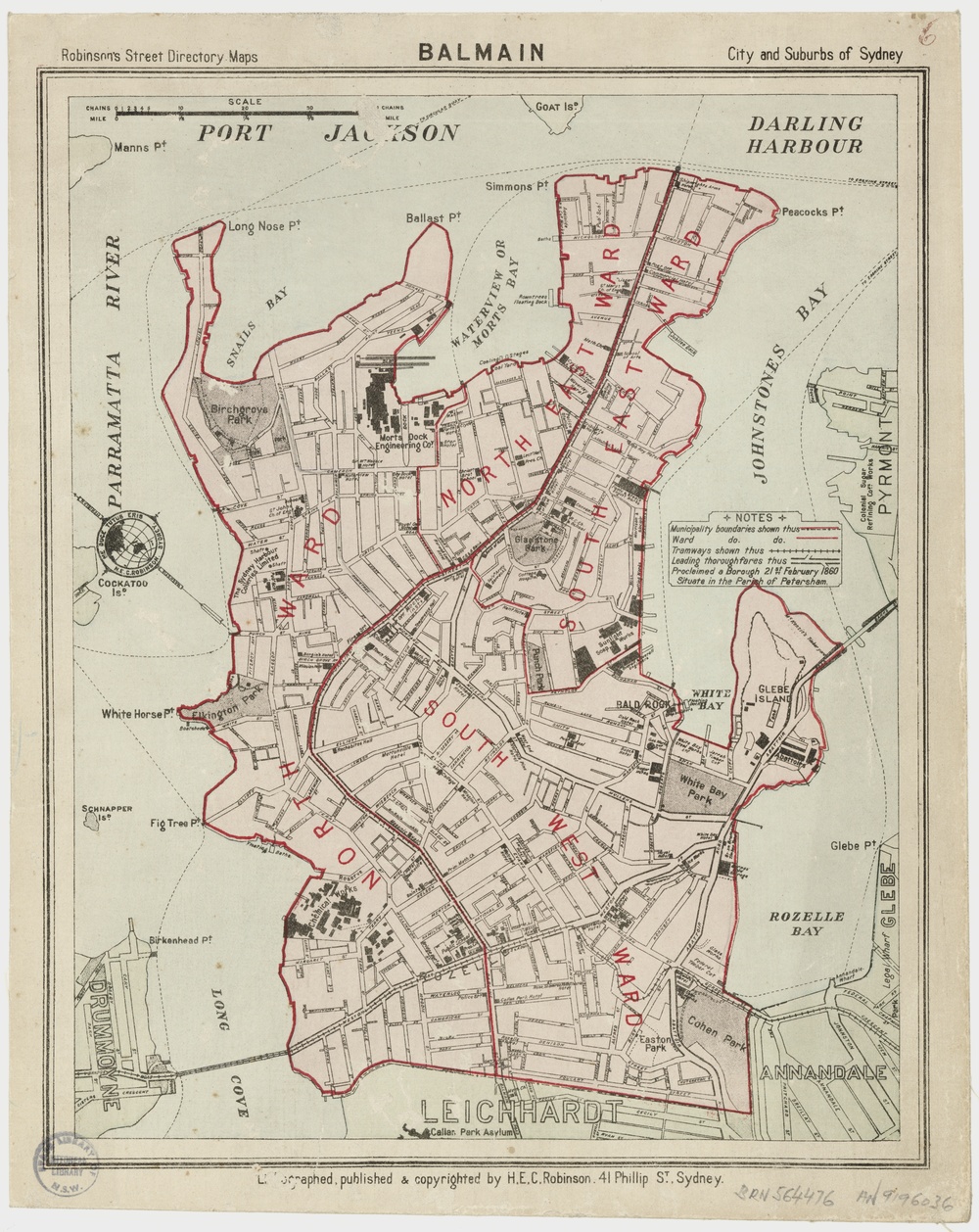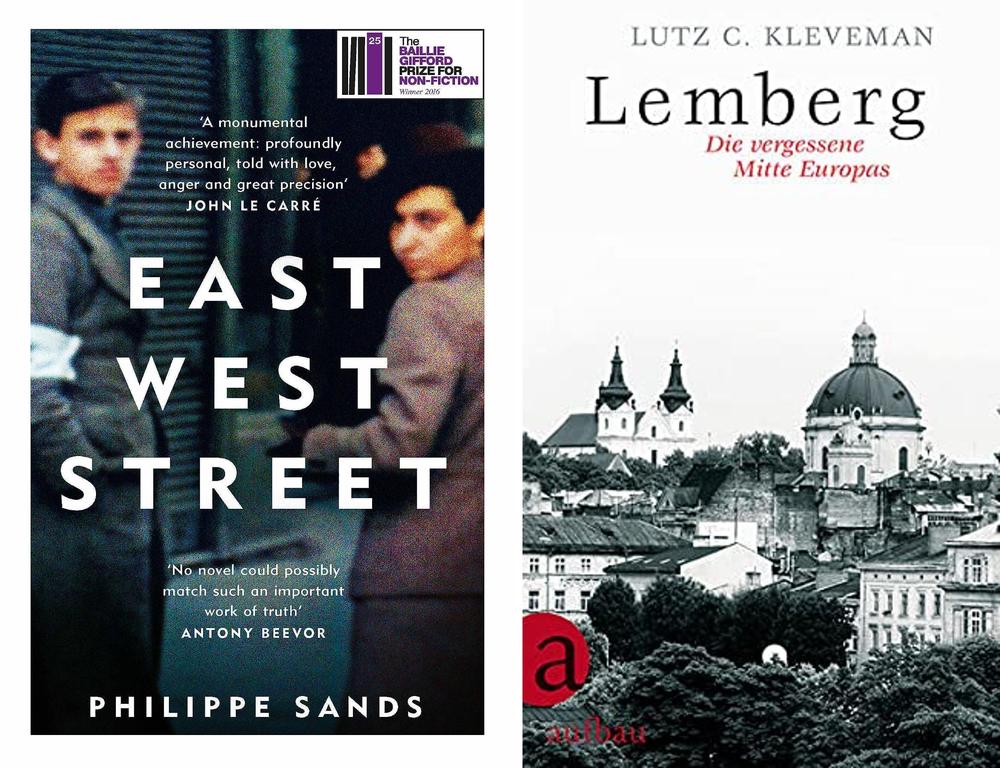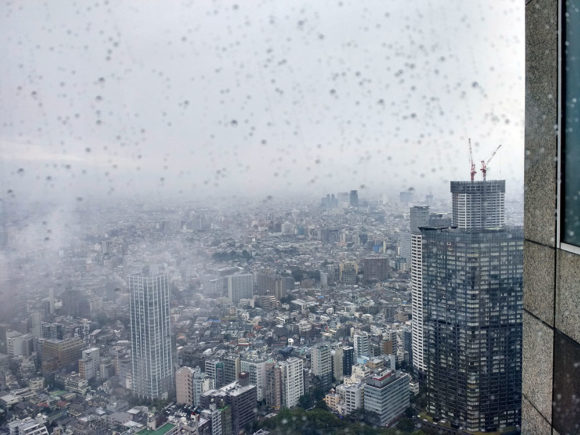At first a little reluctant to invest the time, I am now happy to have read Katja Hoyer’s Beyond the Wall (mainly as it allows me to write this blog post). In true Anglo-Saxon narrative nonfiction style, Hoyer primes storytelling over exhaustive documentation, and produced an engaging read. While her book may not contribute anything new to the historical discourse, it makes East Germany’s history more widely accessible in the English-speaking world. In Germany, however, the book’s German version has played to a different audience, within a different discourse, and has justly received some devastating reviews.
Continue readingCategory Archives: History
Enduring legacy
If you colour a German map according to various socio-economic indicators, you will see a clear East-West demarcation. As Steffen Mau writes in Ungleich Vereint:
(…) Wer sich eine Vielzahl unterschiedlichster Indikatoren anschaut – Ausstattung der Haushalte, Erwerbsquoten, Kirchenbindung, Vereinsdichte, Anteil von Menschen mit Migrationsbiografie, Ausgaben für Forschung und Entwicklung, Exportorientierung der Wirtschaft, Vertrauen in Institutionen, Patentanmeldungen, Hauptsitze großer Firmen, Produktivität, Erbschaftssteueraufkommen, Zahl der Tennisplätze, Anteil junger Menschen, Moscheendichte, die Lebenserwartung von Männern, die durchschnittliche Größe der landwirtschaftlichen Betriebe, Parteimitgliedschaft, Kaufkraft, Wert des Immobilieneigentums, Größe des Niedriglohnsektors –, der kommt immer wieder zu dem gleichen Ergebnis: Eine Phantomgrenze durchzieht das geeinte Land.
I guess the most famous coloured map today is Germany’s electoral map–on which the (blue) Alternative fuer Deutschland scores a significant optical victory in the former GDR.
I was intrigued to learn about additional dimensions of persistent East-West differences, particularly in health, and focusing on those born around the fall of the Wall (reflecting my recent interest in the subject matter). The trigger for this was the press coverage of Lara Bister’s award-winning PhD dissertation.
Continue readingBalmain (economic) history

Balmain map from between 1906-1910, State Library of NSW archives, download a full resolution version here
The Balmain peninsula only lies about one kilometer west of Sydney’s “city”, separated by the natural harbour. The Wangal people have called this area their home for thousands of years before European settlement. I have walked the local streets up and down for leisure and with the baby and often wondered about the stories that have taken place here in the past.
Continue readingAdlergestell

I picked up Adlergestell by Laura Laabs and finished it in just a few sittings — it drew me in more than I expected. Laura and I haven’t seen each other in about twenty years, but we were friends in high school and travelled through Kyrgyzstan together in 2004. Reading her debut novel felt a bit like revisiting that time — not only because of her voice, but because the story hits close to home in more ways than one.
Continue readingEast-West Street and Lemberg

Philippe Sands’ “book “East West Street” was hard to stomach but I couldn’t put it down. Sands traces his family history in today’s Lviv in the Ukraine, yesteryear’s Lemberg in Austria-Hungary. His grandfather’s family has its roots near the city. Like most of Galicia’s Jewish population, it was almost entirely murdered during the holocaust.
Continue readingYouthful idealism
Browsing through the deep archives of the web, I rediscovered some of my own writings from many years ago. One of the posts on my old weblog in particular caught me eye. It’s 17 years old, and about the concept of “Eurasianism”, one of Putin’s ideological foundations in his dangerously hodge-podge worldview.
I’m not going to comment on this from today’s point of view and whether or not it (still) is as relevant as some people make it out to be. But still, I couldn’t resist posting this. I wrote this entry in response to a former blogging buddy visiting a SAIS seminar featuring Aleksandr Dugin (!). I wish my analysis had turned out right, but my youthful self seems to have been engaged in some wishful thinking. Continue reading
Urban governance
One of the chapters of my PhD deals with urban governance in postwar Tokyo. I argue that the intermediate layer of government, Tokyo Metropolitan Government, was an effective arbiter of the “developmental city”. A Guardian article from 2015 caught my eye.

Polk, Squire & Yangon
I was in Yangon in November 2019 to present on modern architecture in post-independence Yangon. In what is the first post in ages to grace this neglected blog, you can find details and a link to download the presentation after the jump.

Tokyo as a slum, continued
A few weeks ago I discussed the concept of “Tokyo as a slum” and how apt it is to describe living conditions in the postwar period. This is important if we are to glean how useful Tokyo’s experience is to today’s emerging megacities. A more fitting description, I found, may be that of “shared space poverty”. I took a good look at the 1963 Housing Survey for data to support that line of thinking.
1963 construction on the Metropolitan Expressway (photo source)
Tokyo public finance
I have been wading through historical budget data for the 23 wards here in Tokyo. To many, nothing could be more dry. However, I think that understanding public finance in the first megacity holds an important key in explaining the city’s success.
Tokyo as seen from Tokyo Metropolitan Government Building

